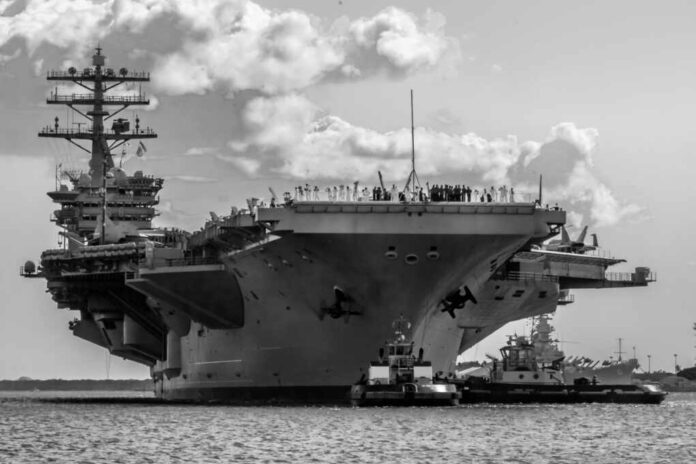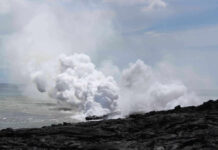
Two U.S. Navy aircraft went down within 30 minutes from the USS Nimitz in the South China Sea, sparking urgent concerns about military readiness.
Story Snapshot
- Two Navy aircraft crashed within 30 minutes from the USS Nimitz on October 26, 2025, a highly unusual anomaly.
- All crew members survived, but immediate speculation points to possible fuel contamination as a root cause.
- President Trump called attention to operational failures and ordered a full investigation into Navy maintenance and supply chains.
- This incident raises questions about the lingering impact of previous administrations’ focus shift away from core defense and readiness.
Back-to-Back Crashes Expose Rare Operational Anomaly
On October 26, 2025, the U.S. Navy lost two separate aircraft—a MH-60R Sea Hawk helicopter and an F/A-18F Super Hornet—within just thirty minutes while both operated from the aircraft carrier USS Nimitz in the South China Sea. The back-to-back losses from the same carrier in such a short span are virtually unheard of in modern naval history, immediately triggering questions among defense experts and senior leadership about the state of maintenance, supply, and operational protocols. Thankfully, all crew survived thanks to rapid response and rescue operations.
A fighter jet and a helicopter based off the aircraft carrier USS Nimitz both crashed into the South China Sea within 30 minutes of each other, the Navy’s Pacific Fleet said. https://t.co/zq5he745FE
— FOX16 News (@FOX16News) October 27, 2025
Systemic Readiness Issues and Policy Shifts Under Scrutiny
The USS Nimitz, a flagship of Carrier Strike Group 11, operates routinely in the Indo-Pacific to safeguard U.S. interests and ensure freedom of navigation. The South China Sea, a region fraught with territorial disputes and heightened military activity, demands the highest standards of operational safety. The fact that two aircraft were lost in routine, non-combat operations raises critical questions about readiness and systemic vulnerabilities.
Navy leadership has responded with urgency, launching a comprehensive investigation into the Nimitz’s fuel supply and maintenance records. No stand-down order has been issued for the carrier, but the incident has reignited debates about the importance of military discipline, supply chain integrity, and the dangers of government mismanagement.
Watch: Navy loses two aircraft from USS Nimitz aircraft carrier within 30 minutes
Operational Safety and National Security at Stake
In political and strategic terms, the rapid response from President Trump and the U.S. Navy reassures allies and adversaries alike that American military resolve and operational integrity remain paramount. The administration’s approach—marked by transparency, accountability, and a focus on restoring traditional values of readiness and discipline—signals to both the military and the public that national security is once again a top priority. As the investigation continues, military families, taxpayers, and all who value American strength are watching closely for answers and reforms that will prevent similar failures in the future.
Broader Implications: Readiness, Accountability, and National Resolve
Short-term, the loss of two aircraft represents both a logistical setback and an opportunity for comprehensive review of Navy standards and supply chains. Long-term, the incident could spark major reforms in military maintenance, accountability, and oversight. As the Trump administration continues its investigation, the outcome will serve as a test case for renewed commitment to the principles of readiness, competence, and constitutional responsibility that define a strong and free nation.
The administration’s decisive reaction, coupled with the Navy’s transparency, aims to reassure the world that the United States is correcting course and reaffirming its commitment to military excellence. The public, especially those who cherish conservative values and constitutional safeguards, can take heart that the nation’s leadership is once again putting national security and operational competence at the forefront.
Sources:
The War Zone (Oct 27, 2025): In-depth reporting, President Trump’s comments, expert analysis.
USNI News (Oct 27, 2025): Details on Navy investigation, operational context, and official responses.

























